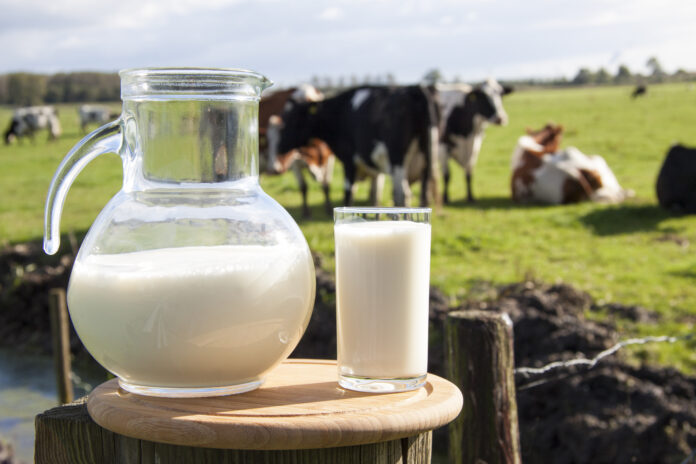The United States Department of Agriculture (USDA) projects that the Philippines will see a 3.1 percent increase in local dairy production, reaching 33,000 metric tons (MT) in liquid milk equivalent (LME) by 2025, up from an expected 32,000 MT this year. This growth, highlighted in a report from the USDA’s Foreign Agricultural Service (FAS) in Manila, is anticipated to stem from an expanding dairy herd and the proactive implementation of government dairy development initiatives.
According to the FAS Manila report dated October 23, previous production growth lagged due to insufficient funding and limited private sector investment. The report identifies Luzon, particularly Laguna, Bulacan, and Batangas, as leading milk-producing regions, with significant contributions also from Davao and Bukidnon in Mindanao.
But despite the expected increase in local production, the Philippines will continue to rely heavily on imports to meet its dairy needs, which are projected to reach 3.04 million MT LME in 2025—an increase of 2 percent from this year’s 2.99 million MT LME. The report attributes this rise in consumption to a growing middle class and population, alongside infrastructure investments, particularly in cold chain facilities and retail environments.
In line with rising demand, dairy imports are expected to increase to 3.1 million MT LME next year, reflecting a 1.6 percent rise from this year’s projected 3.05 million MT LME. The United States remains the largest supplier of dairy products to the Philippines, with 36 percent market share, followed by New Zealand with 19 percent. Key imports include skim milk powder (40 percent), whey powder (18 percent), and cheese (7 percent).
The National Dairy Authority (NDA) has indicated that the Philippines may achieve a 2 percent self-sufficiency in milk by next year, a slight increase from the current 1.62 percent and still below the 5 percent target set for 2028.
NDA Administrator Marcus Antonius Andaya said the completion of five stock farms by year-end, along with the importation of dairy cows, will be crucial for achieving this goal.
The new stock farms will be established in Nueva Ecija, Bohol, Bukidnon, Cotabato, and Agusan Del Sur, with plans for a potential site in Palawan to balance farm distribution. The NDA aims to import 600 dairy cows primarily from Australia, expected to arrive by July 2025 and contribute to local milk production later that year.
The Philippine dairy cattle population stands at approximately 79,000, though only around 16,000 are actively milking. The average yield is 10 liters of milk per cow per day. The NDA is focusing on a five-step plan to enhance herd size, milk yield, and farmer education while minimizing farming risks.
By fostering better nutrition, feeding practices, and overall cow comfort, the NDA aims to boost productivity and support the growth of the local dairy industry.







